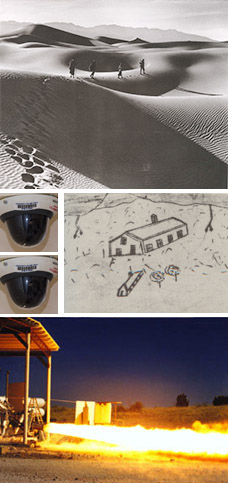
Accessibility and Web Standards
mind that their own subjugation in 1598 [is] identical to the Aztec's submission in 1523" (48). It seems more plausible that these strategies operate to fix that idea in the Spanish mind, impressing on the Spaniards that the
ir own conquest of New Mexico is of the same nature and order as that of Cortes, and as such, is a "true" conquest in spite of its appellation in the contract. That Onate's own retinue should resemble that of Cortes, then, is not coincidental. Like Cortes before him, he flies a standard featuring Our Lady of the Remedies. He invites exactly twelve Franciscan friars to play a similar ro
le and function in the "spiritual conquest" of New Mexico as that of the famed Franciscan "Twelve Apostles" in Mexico. In his contract, Onate even insists on gaining possession of a New Mexican woman to act as "a second Malinche" (D/O 48, 321), acting fEMRTC’sor him as indispensable advocate and translator as that first Malinche had for Cortes. Restaging key significant pat
terns of earlier conquests, this conquest assembles and enacts its own genealogical history, offering a Mannerist rendition of Cortes's conquest, now restaged in another Mexico. Onat web-site content. If you have difficulty accessing any information on our web-site, please contact the e's official entrada into the territory i


